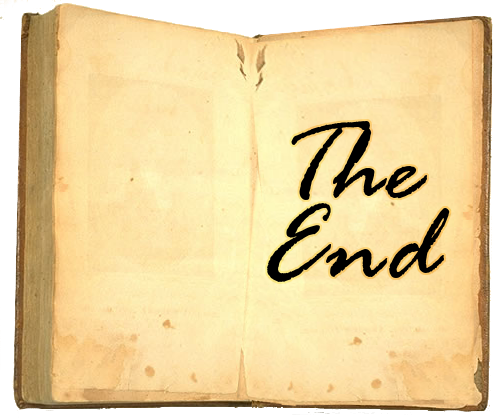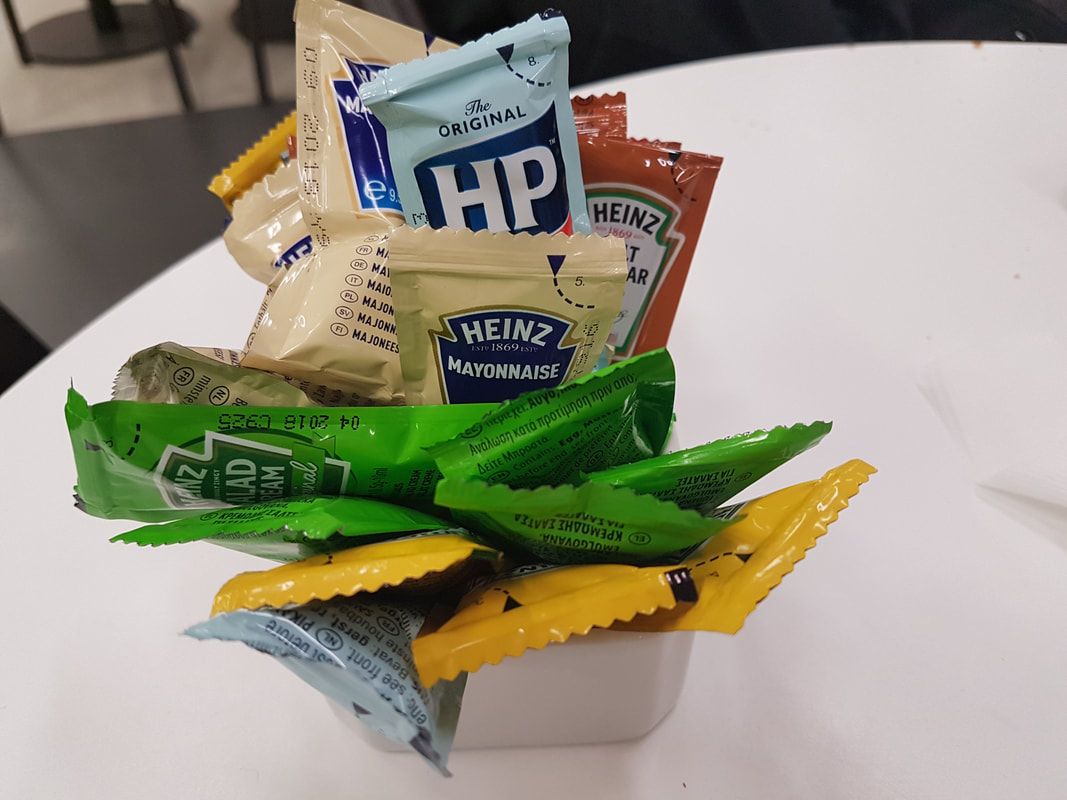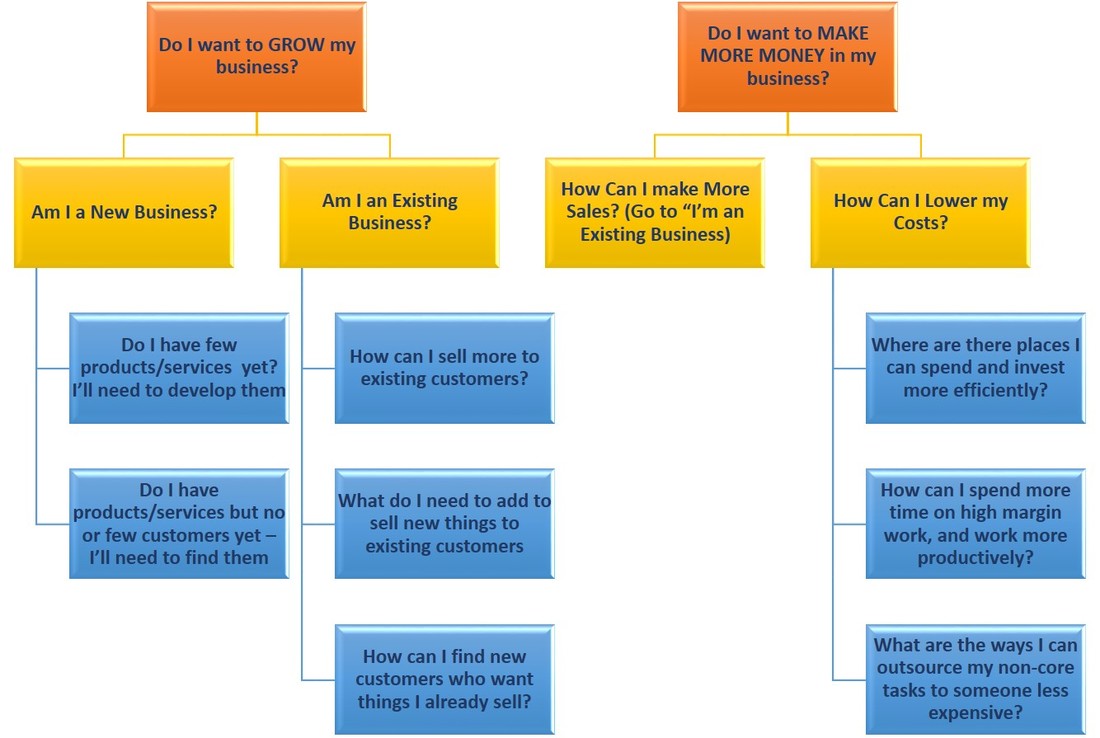Marketing and sales often encounter a kind of ennui with their campaigns just before the change of season – and especially if the season doesn’t seem to be changing as fast as it should. The common refrain is, “Our customers are tired of this! We’ve told them all about this already!” The reality is, you are not your customer’s only focus. (There, we said it. Right out loud.) So while it may be true that they’ve heard your message, and that they’re not sure you’ll have anything new to say, this doldrums of delivery that you’re in, is something you can change. In fact, it may not be that they are bored at all…it may be you who is just tired of sounding enthusiastic about the same old message. What are you to do?
Bear in mind that in sales, marketing, customer service…nearly anything that requires you to be customer-facing, attitude is altitude. Look for ways to recharge your batteries so you can put one last push on, before spring really does arrive. Start integrating a few new spring pieces of clothing into your wardrobe. Get a new haircut. Launch a new fitness routine. Begin a course that will make you sharper for the upcoming season. All of these will give you a feeling of accomplishment that will lift you up.
Next, check your assumptions. Visit clients and get a recap of their recall of key messages you’ve delivered this cycle. Make sure you correct any misperceptions so you’re starting from the same page when new selling models or tools are introduced. Consider any knowledge gaps as you visualize who is ready to receive the message of your next campaign, and who can use just a bit more personal attention to get them there.
Lastly and most importantly, remind yourself and your team of your achievements. Consider a celebration and final team incentive challenge as you wind down winter and get ready for spring. Because although it might not seem like it on a stormy day, the sun really is on its way.









